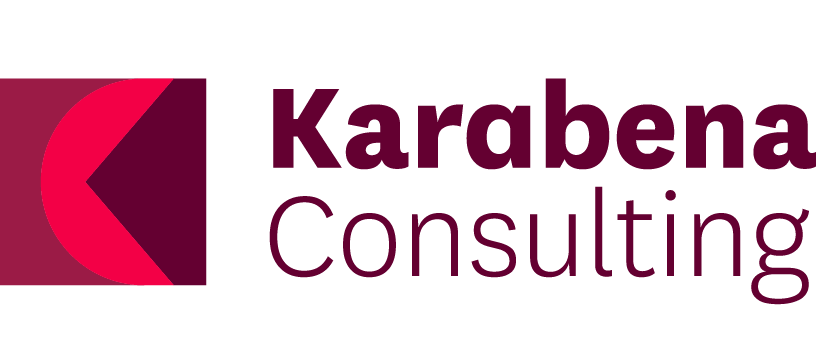Development of emergency department illustrations-based communication techniques
The Australasian College for Emergency Medicine (ACEM)
Who funded the project
Karabena Consulting was engaged by ACEM to develop illustrations to assist with culturally safe communication between clinicians and Aboriginal and Torres Strait Islander patients in Emergency Department (ED) settings. The project stemmed from the recommendations of the Traumatology Talks – Black Wounds, White Stitches report.
To complete this project, Karabena Consulting:
Conducted a literature review
Obtained ethics approval
Engaged a professional illustrator
Obtained photographs and audio recordings of the St Vincent’s Hospital Melbourne ED
Developed scripts to guide the development of illustrations
Undertook consultations with ED health professionals, Aboriginal and Torres Strait Islander community members and hospital service providers
Through this project:
A report was delivered to ACEM documenting the Indigenous and non-Indigenous methods of engagement and research used to develop the illustrations. We hope the report will serve as a guide for others wanting to develop place-based illustrations to strengthen culturally safe communication with First Nations people in hospitals across the country, thus enhancing their patient journey.
A peer reviewed article has been published in the Emergency Medicine Australasia journal.
Summary
The aim of the project was to document the methodology undertaken in developing illustrations for use in an emergency department, with the hopes that the same process can be adapted and translated to other emergency departments around Australia.
Project Aims
To complete this project, Karabena Consulting:
Conducted a literature review on successful and innovative strategies that have been trialled in EDs to improve communication with patients.
Submitted an ethics application to the St Vincent’s Hospital Melbourne Human Research Ethics Committee.
Engaged a professional illustrator experienced in working with Aboriginal communities to develop the illustrations.
Obtained photographs and audio recordings of the St Vincent’s Hospital Melbourne ED and developed script which guided the development of the illustrations.
Held consultations with ED health professionals, Aboriginal and Torres Strait Islander community members and hospital service providers to co-develop the content and messaging of the illustrations, and obtain feedback on the draft illustrations
Methodologies
Our methodological approach to a co-designed visual tool to minimise miscommunication when triaging First Nations patients ensured the following outcomes:
Governance strategies with First Nations patients ensured an awareness of the diversity, rights and interests of the cultural groups represented; of how they want to have their strengths, concerns and priorities addressed; and of how cultural rules and values will be implemented.
An extensive literature review provided an understanding of the cultural safety and ensured that the communication tools developed were evidence informed.
As the research project was hospital-based, we adopted ethical approaches and standards for gathering information from individuals experiencing vulnerability (informed consent).
The illustration characters reflected the hospital’s location and ensured cultural local relevance and understanding among the local community.
Stakeholders feedback ensured they were co-creators in reducing miscommunication and ensuring cultural safety in ED.
Methodological outcomes
The following outputs were produced:
Illustrations seeking to guide Aboriginal and Torres Strait Islander patients through the ED journey, and how to effectively communicate pain.
A report detailing the methodology of the project, including recommendations.
A peer reviewed article has been published in the Emergency Medicine Australasia journal.
Project Outputs
Through this project:
EDs and hospitals need take responsibility for venturing into inter-cultural spaces through committed and decisive action to address miscommunication, achieve equity and enhance access. Our consultations with hospital staff from all over country seem to indicate that there is an appetite to develop and pilot something similar.
Responders and clinicians need to learn about, understand, and respond to cultural protocols.
A suite of culturally safe and effective communication tools can improve both the experience and health outcomes for First Nations people in healthcare settings.
COVID-related restrictions meant that an understanding of the ED environment had to be developed through the procurement of photographs and recordings. Ideally the project team would have had an opportunity to spend time in the ED to inform the development of the illustrations.
Project Outcomes
ACEM; miscommunication; communication techniques; cartoon illustrations; emergency department; St Vincent’s Hospital Melbourne
